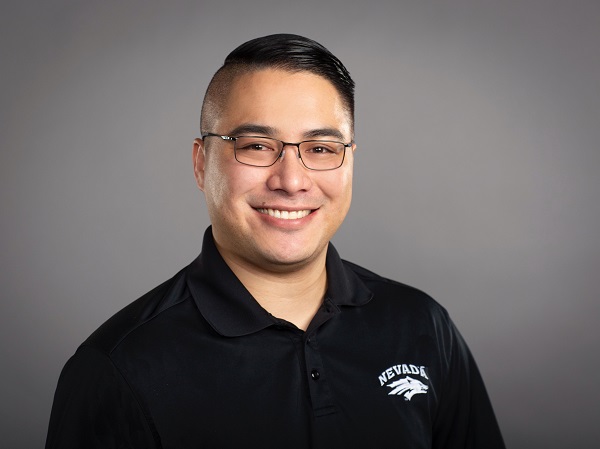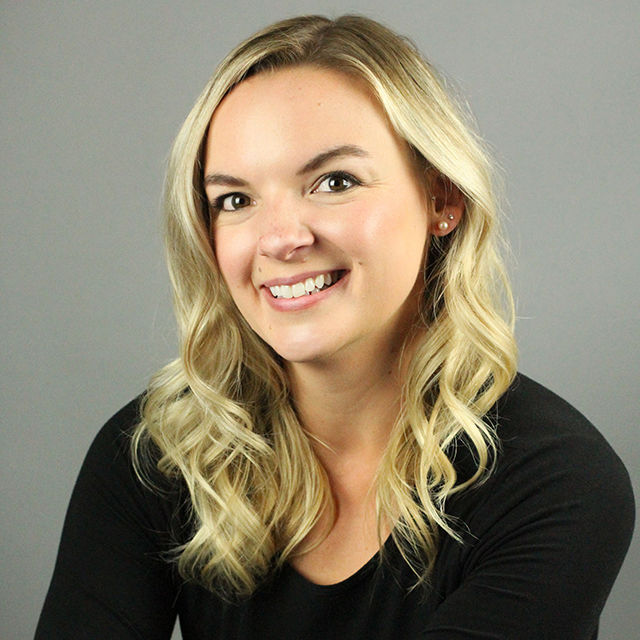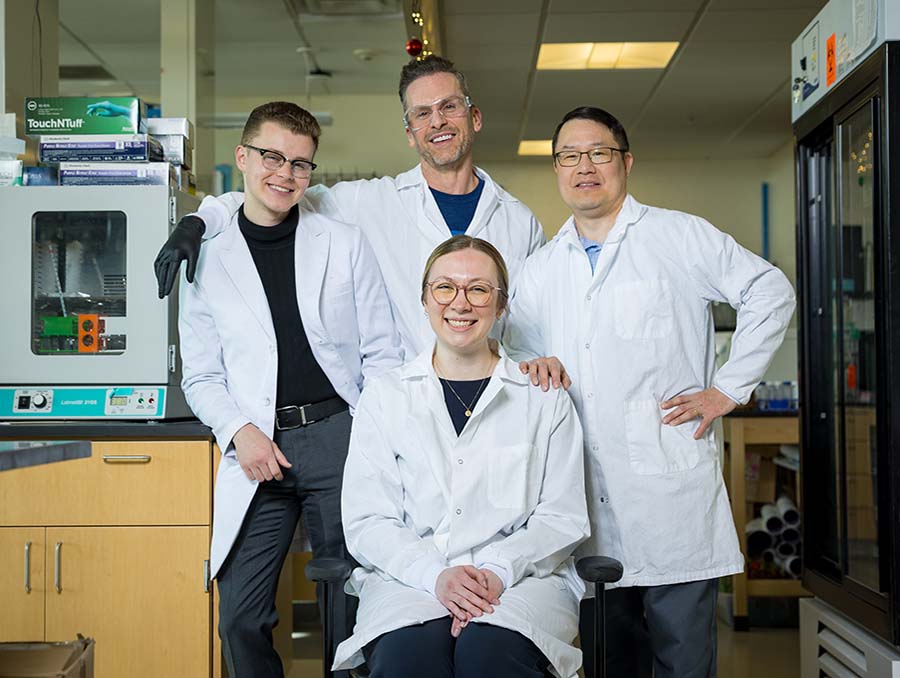To digital accessibility and beyond!
Global Accessibility Awareness Day (GAAD) is May 20th. Angela Rudolph from the Office of Information Technology sat down with Information and Communications Technology (ICT) Accessibility Manager Kalena Pelekai-Wai.
There are over a billion people in the world with a disability or impairment, according to the website for Global Accessibility Awareness Day (GAAD). “The purpose of GAAD is to get everyone talking, thinking and learning about digital access and inclusion, and the more than One Billion people with disabilities/impairments.”

The University of Nevada, Reno’s digital accessibility efforts started around 2014, but picked up momentum after the University received a complaint and started working with the Office for Civil Rights to remediate our digital content. That remediation effort continues to this day, but a lot of progress has been made. In 2019 the University hired Kalena Pelekai-Wai as our Information and Communications Technology Accessibility Manager. His position coordinates accessibility efforts across campus, empowering individuals, groups, and departments.
As with any new initiative implementation, the effort to remediate and create new accessible digital content, focusing on inclusive design, has been difficult at times with limited resources and an initial lack of expertise. Kalena and I sat down recently to discuss accessibility in general, the University’s journey so far, and the next steps for us.
“When you can use what you know to make a difference in the lives of people…that’s when it feels rewarding and purposeful,” says Kalena. “Seeing the impact that our improvements have made not just in the technical aspects of things but, more importantly, in the cultural aspects as well was what originally hooked me in and keeps me going now.”
In terms of where we started compared to where we are now, the University has made strides, especially in building awareness, which was the first major hurdle to overcome. Once you can get people acknowledging the problem, and discussing how to fix it, you can build a critical mass of buy-in to make real change happen. “We’re moving in the right direction,” Kalena explains. “Like anything else it can seem impossible at first, but you just keep putting in the work to demonstrate that it’s doable, then it turns into a process of replication and tweaking. It’s much more feasible now than when we first started our digital accessibility journey.”
He makes an excellent point. With various private companies also coming under scrutiny to follow the Web Content Accessibility Guidelines for digital content, more software and digital companies are making it easier to add in accessibility features, such as alternative text (alt text) to images. For instance, many social media companies including Facebook, Instagram, and Twitter either add alt text to images automatically or have a prompt to remind the content creator to add it in before posting.
Kalena believes our University is moving in the right direction. Internally we’ve been working with public-facing information by remediating and maintaining an accessible content management system for our main University websites. Our procurement department now has an entire process in place when purchasing new software to help ensure compliance with accessibility standards. The Office of Teaching and Learning Technologies’ Instructional Design Team works with faculty to help them create accessible instructional materials for courses.
We are slowly but steadily building the most important resource – our human expertise. The longer we work at creating accessible content with inclusive design in mind, the more our faculty and staff learn and the more efficient we become at it. Kalena explains, “As an organization, we realized we needed to work beyond our comfort zone - the “technical spaces” - and work more towards the personal and community spaces to raise awareness, make contributions and have an impact there.”
So, what’s on the horizon? From his perspective, any good accessibility program is never truly done. “Once you’ve obtained accessibility, the next question is how do you sustain it? That’s the key. Sustainability.” Says Kalena. “The work will never be done. But the goal is to make accessible content something that people can do with minor daily contributions instead of needing to focus on it for months or years.”
“By far the most valuable and impactful tool we have for accessibility is the people who are constantly working to improve their knowledge and skills and contribute towards the University’s commitment to realize and sustain a diverse, inclusive and equitable environment for all.” Kalena finishes, “Investment in human capital and collaboration has had the best return on investment for the University. Our accessibility allies are all individuals who came to the table with self-awareness and a willingness to devote their time and energy to assist with accessibility. Those individuals have been the game-changer for us.”
If you are interested in helping the University’s accessibility efforts, a great place to start is by learning more on our Accessibility website, which has information and resources.













